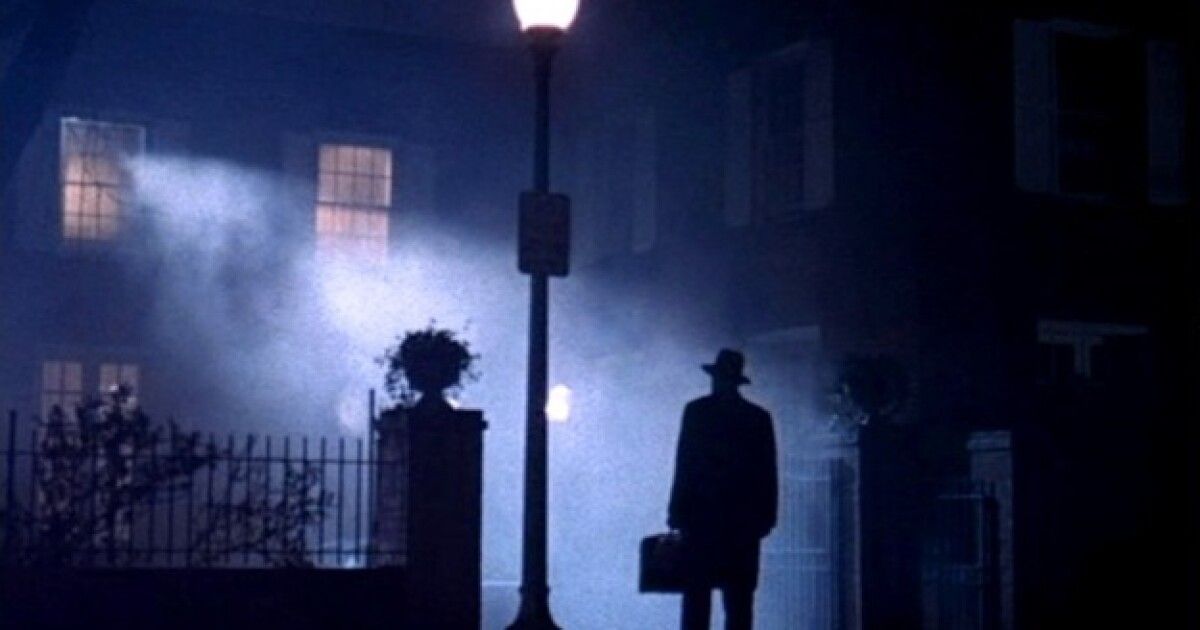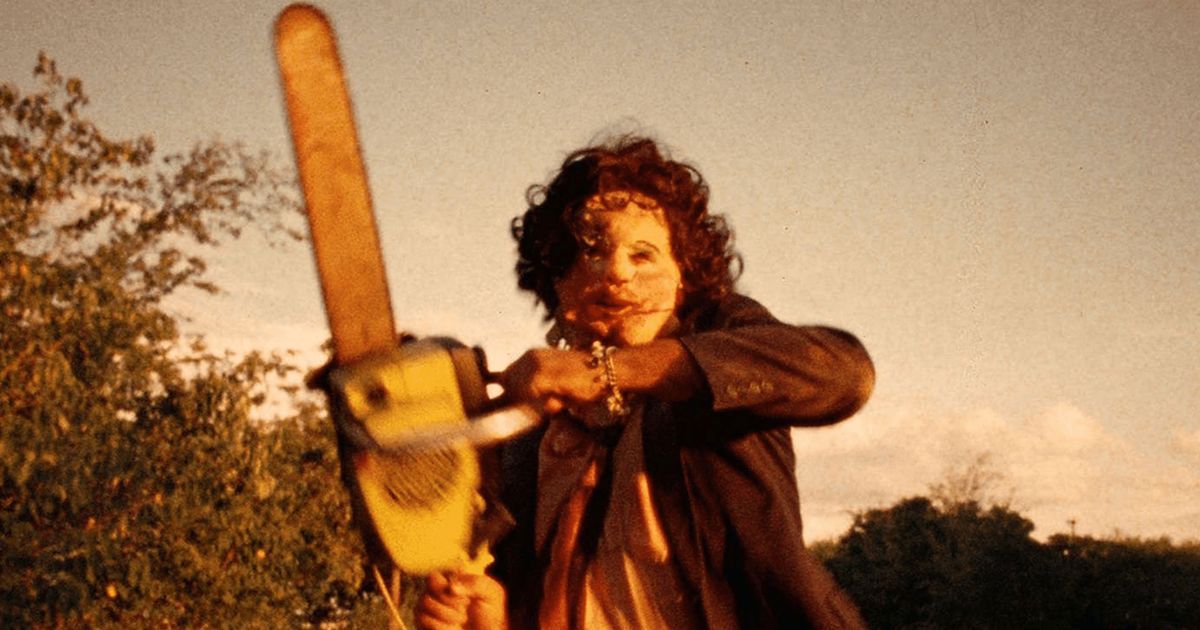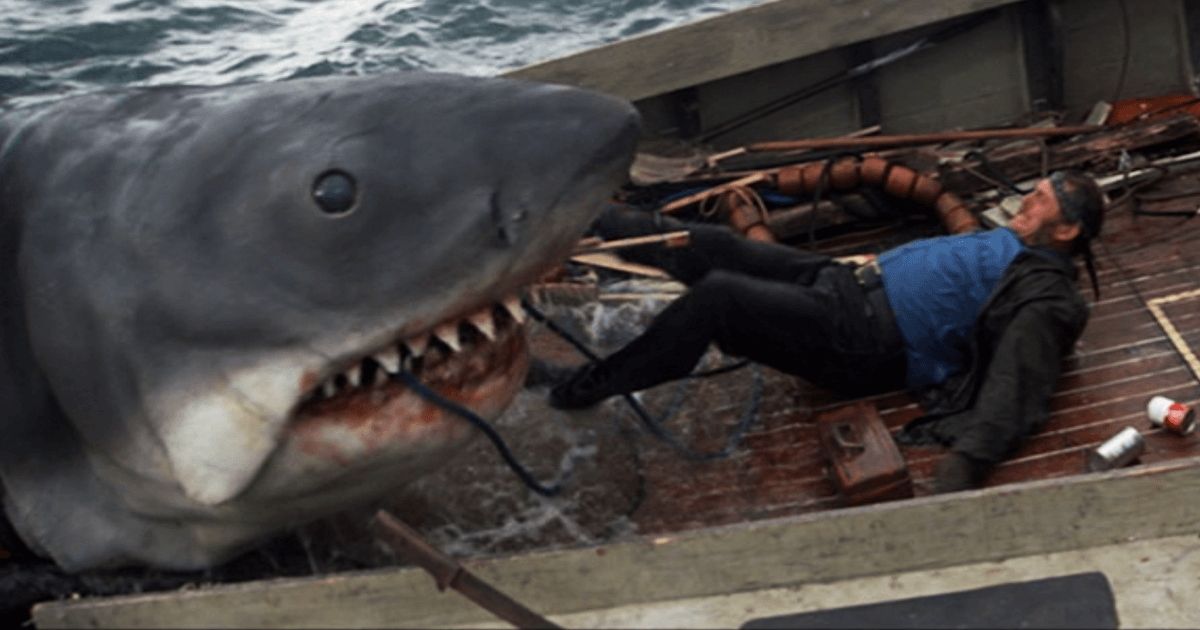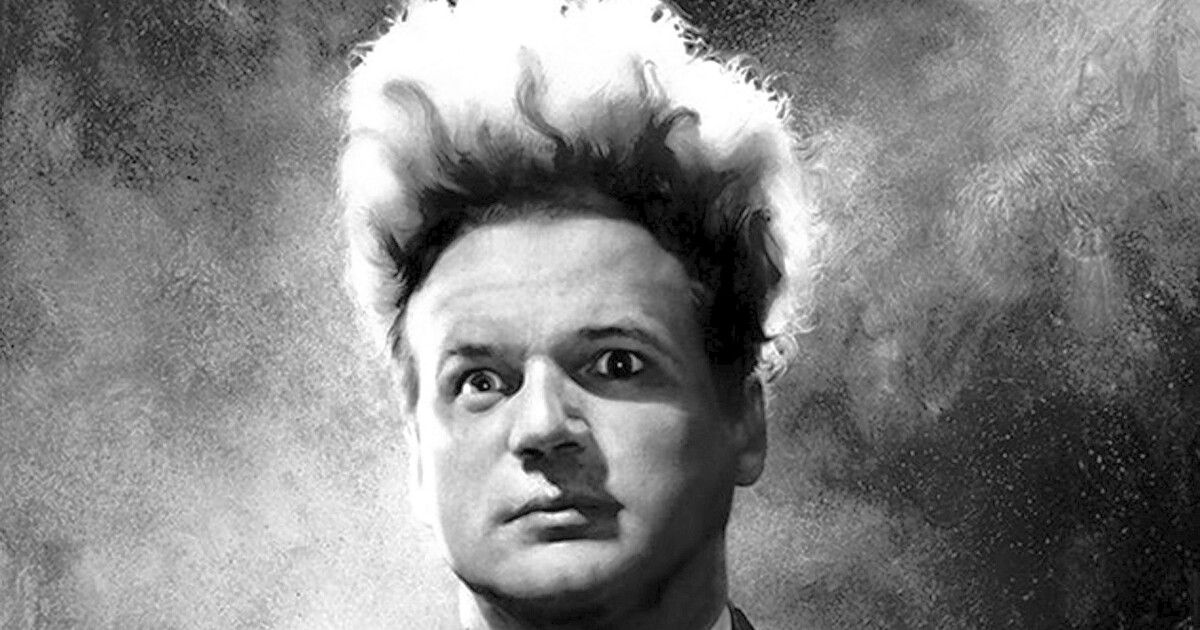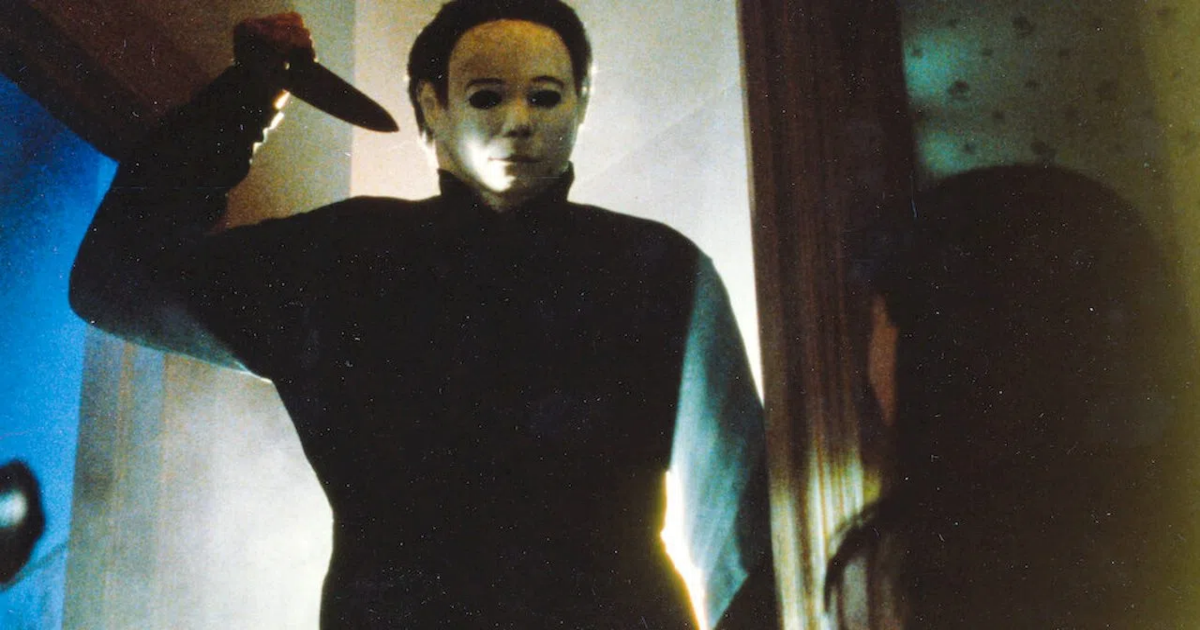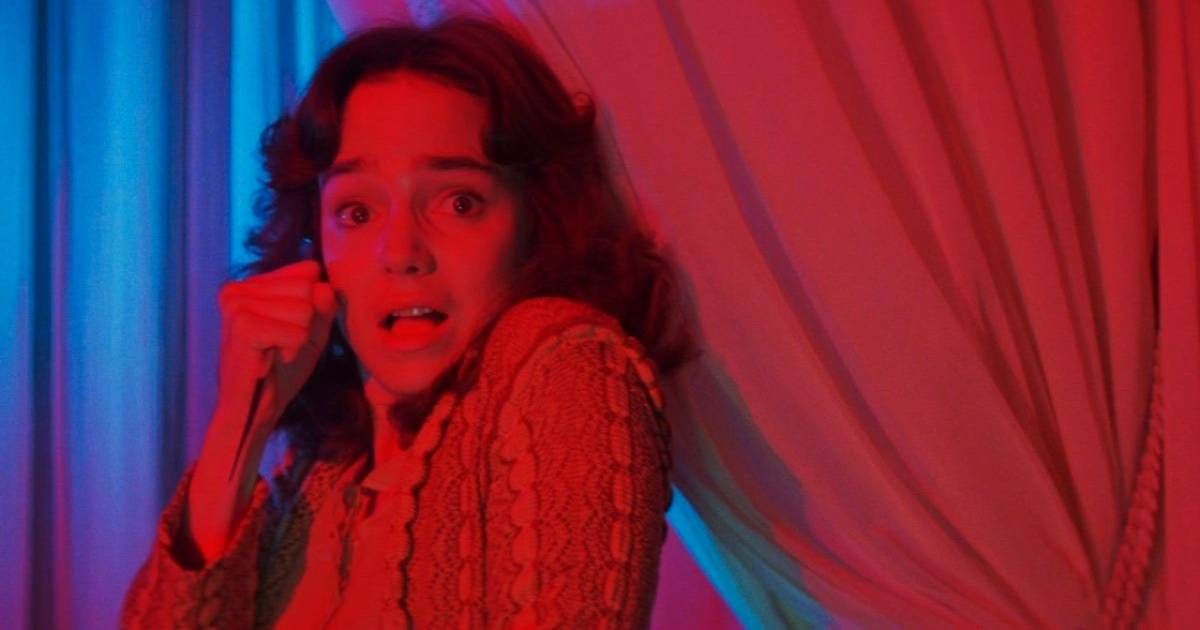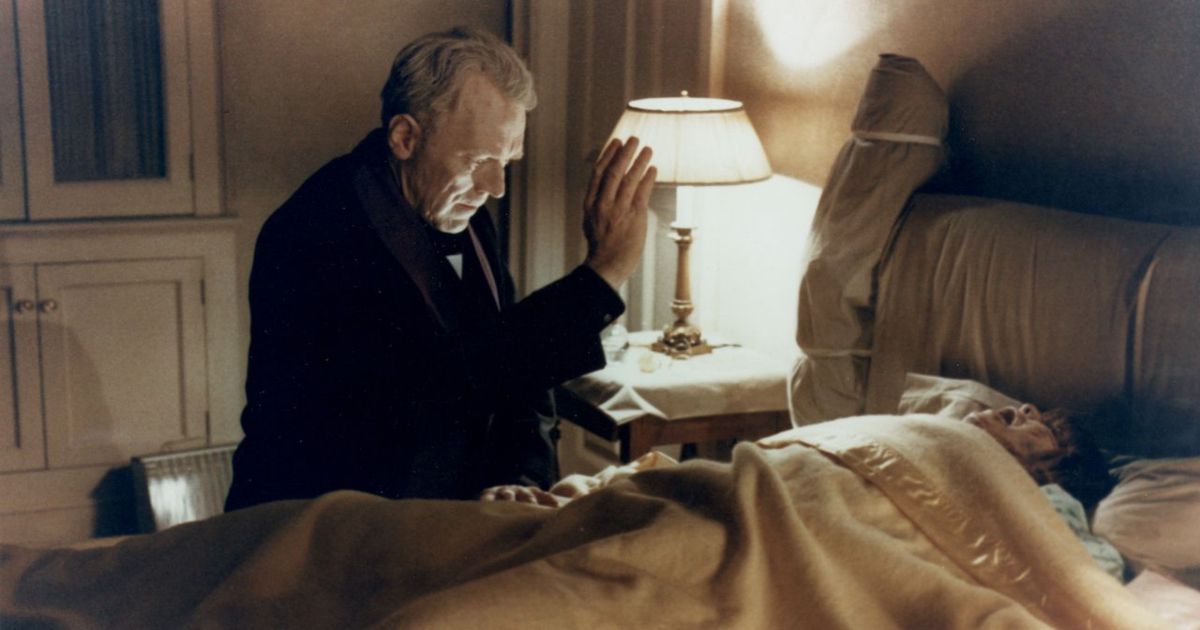Camera positioning, shot composition, and color palettes are a crucial element of horror. Scares are only as effective as the images shown on screen. However, the most masterful cinematographers, especially those in the 1970s, utilized the negative space of what is not seen to evoke suspense. Films of this decade bring the audience into the experience of the terror, making the scary worlds three-dimensional. What makes horror effective is the ability to make the audience feel what the characters are feeling, and that connection establishes stakes for the audience to care about the characters.
There's also an array of diverse '70s cult classic films in the horror world which utilized every last dollar of their small budgets to create powerful images. A whole variety of '70s horror took place in various settings, some not even on this planet. The directors and cinematographers of these classic motion pictures capitalized on their diverse settings to their advantage in creating chilling worlds and terrifying visuals. From outer space to underwater, here's some of the best cinematography in 1970's horror movies.
8 The Texas Chainsaw Massacre
The Texas Chainsaw Massacre blew audiences away in 1974, and its formula and plot elements have inspired filmmakers for generations. What sets this film apart amongst the masses of imitators is its raw presentation and grounded feel to it. Cinematographer Daniel Pearl utilized natural light, sunrises and sunsets, and 'the magic hour' in some beautiful ways, which creates a disturbing contrast to the brutal imagery that is depicted.
However, the horror movie's final scene takes the cake, featuring one of the most recognizable shots in horror’s history. Leatherface is seen hacking his chainsaw through the air under the orange colored sky, smoke emanating around him. It is perfectly timed and shot in a way that makes the audience feel as if we are on the farm with these characters.
7 Alien
The original Alien from 1979 introduced the world to a new kind of horror… in space. Director Ridley Scott and cinematographer Derek Vanlint created a world completely isolated and helpless, where "no one can hear you scream," as its infamous tagline says. In addition to the brilliant practical effects, the film also uses every possible area of the frameline to evoke tension. While later films would embrace the sci-fi elements, the original Alien is a purely effective horror film, thanks in large part to the incredible, lurching cinematography. The darkest corners of the screen are the viewer's worst nightmare in Alien.
6 Carrie
There is a visual element to the original Carrie of 1976 that is almost dreamlike. While watching this classic teen horror flick, audiences feel as if there is something otherworldly about it, from the psychic powers of the titular character to the religious insanity of her mother. With a combination of music and reality-bending imagery, it all comes to a head when Carrie’s powers truly take over in the last act of the film. The classic prom sequence utilizes a variety of stylistic techniques which warp the imagery and bend reality. However, it is all meant to get the audience inside Carrie’s head when she truly awakens. The color red is important to the film as well, and a reddish filter takes over the screen once Carrie is covered in the pig’s blood, in one of the most brilliantly edited and shot final sequences in '70s horror.
5 Jaws
Oscar-nominated cinematographer Bill Butler filmed incredibly suspenseful sequences, some of the best of them underwater, in the classic 1975 film Jaws. From the very beginning sequence, we know that the threat lies deep under the sea. But that vastly empty and dark ocean is used to the story’s advantage. From seeing the shark’s perspective in those POV shots underwater, the audience gets to imagine what the threat looks like, and feel like they are both in and out of control when the shark lures the innocent victims.
Steven Spielberg's great movie certainly had issues with its budget and mechanical issues plaguing the production. However, camera tricks truly bring the tension to a heightened state and do a lot to make the film truly suspenseful even nearly five decades after the fact, leaving just enough to the imagination to keep scaring audiences.
4 Eraserhead
Part of what makes the 1977 classic David Lynch movie Eraserhead so unique is the cinematography. This story takes place in a nightmare world both familiar in unfamiliar; it incorporates the grim industrial imagery of a city but also the fantastical, otherworldly visuals of a dream. It was photographed on black and white film and features very strange imagery, from its disturbing monster-baby to its weird detours into surreal settings imposible to explicate with words. But the strangeness is all a part of the directorial vision of David Lynch, so every weird element is intentionally shot to be so and combines perfectly with the sound design to create one of the most hypnotic movies of all time.
3 Halloween
Acclaimed director John Carpenter and Oscar-nominated cinematographer Dean Cundey utilized subtle buildup and suspense in the original 1978 classic Halloween. Not only did this film spark an entire franchise, it proved that there doesn’t have to be loud noises and brutal imagery to scare people. Turns out, all you need is a tall man with an old William Shatner mask and that could be enough, so long as you know what you're doing with a camera. The film utilizes wide shots and slow moving POV shots to make the audience look around for any sign of Michael Myers. The beauty is in its simplicity, which grounds the film in reality.
2 Suspiria
Suspiria is a difficult film to process and describe. It is a highlight of 1970s horror because it is mostly unlike any film to have been released in the decade… or decades to follow. The film truly warps reality in a way other Italian giallo horror movies have attempted, but Suspiria succeeds wildly where other films have failed. Primary colors are utilized constantly and in a number of symbolic ways. However, when blood is seen, it is almost like a pinkish lipstick tone. The world of the film gets progressively manipulated as the camerawork takes in a variety of bizarre lighting choices, bold colors, and disturbing close-ups, most accompanied by the excellent score from Goblin. Even in silent moments where characters are in cars driving, we still see that stylistic shot composition which makes every moment suspenseful.
1 The Exorcist
In 1973, The Exorcist was released and traumatized audiences with some of the most shocking images ever put on screen at the time. The film is visually stunning, taking its time to establish the world the characters are in. The color schemes and authentic settings represent the tone of The Exorcist perfectly, building the atmospheric nature of each scene. For example, inside Regan’s freezing bedroom, real frost emits from the character’s mouths and there is a bluish color to these scenes. In addition to colors and practical effects, the shot compositions are truly breathtaking. The most notable is Father Merrin’s entrance to the MacNeil home. Seeing him get out of the cab into a hazy night is a highlight of horror cinematography and is the moment when the film embraces the supernatural, and ceases scientific debate. The final half hour of The Exorcist still has some of the best cinematography in horror history.

